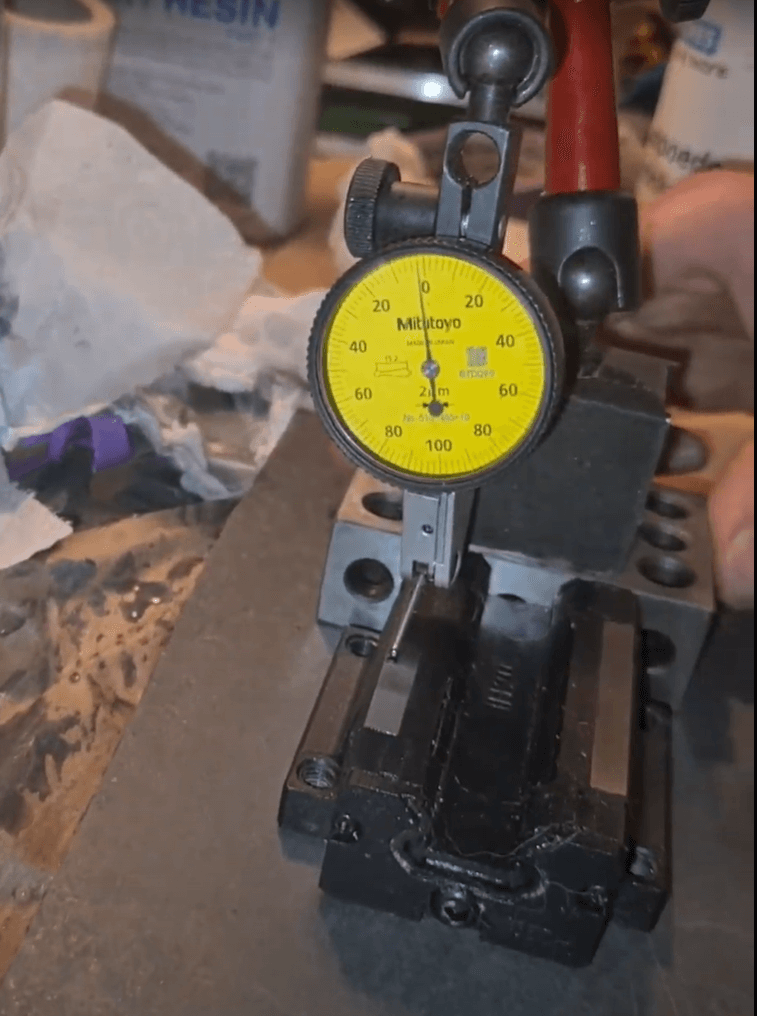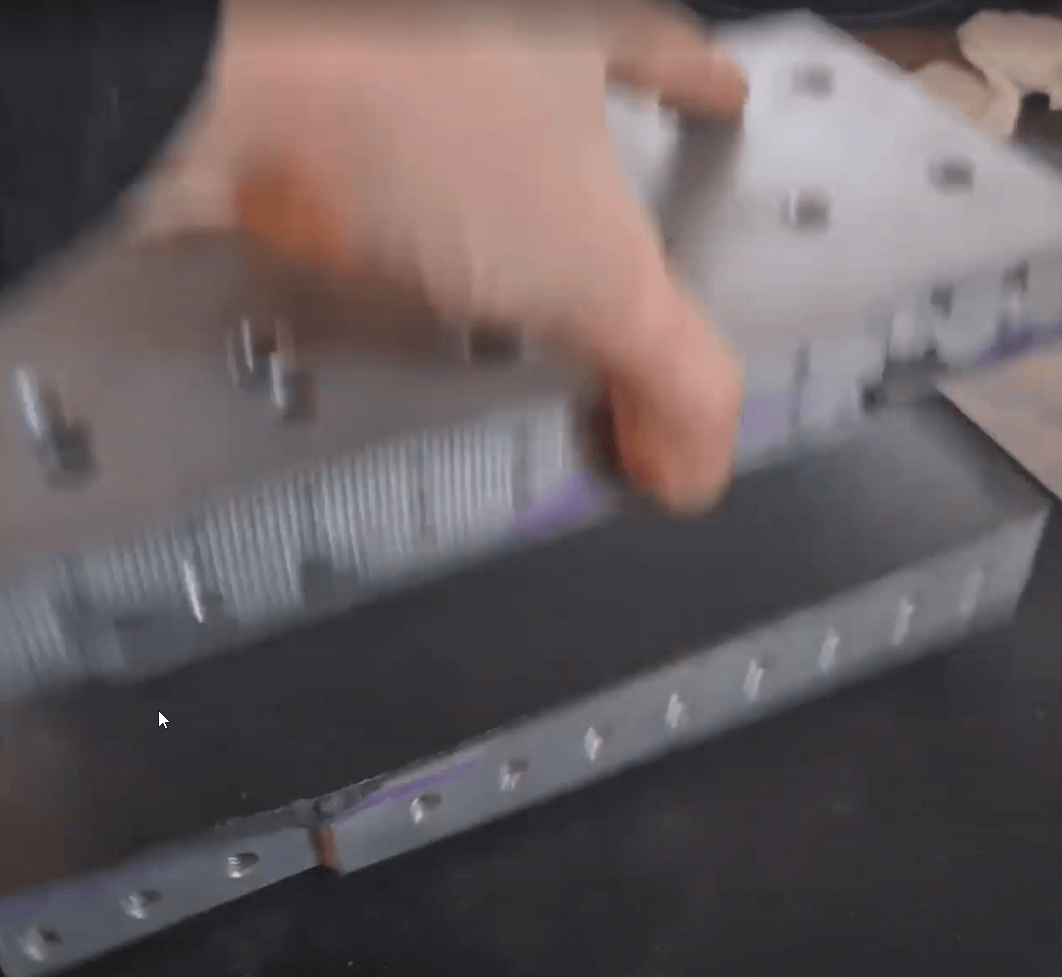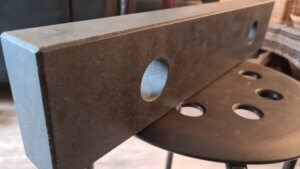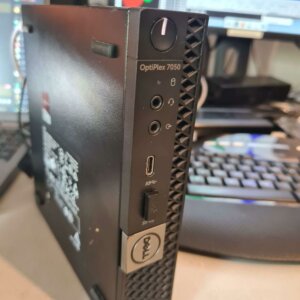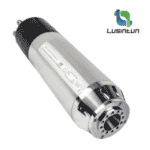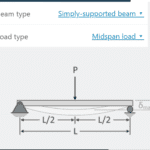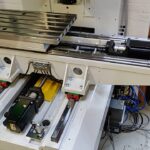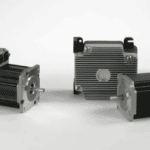不用担心,我们不会发送垃圾邮件!点击订阅即表示您同意我们的 隐私政策.
创建精确匹配:探索精确表面副本的复制方法
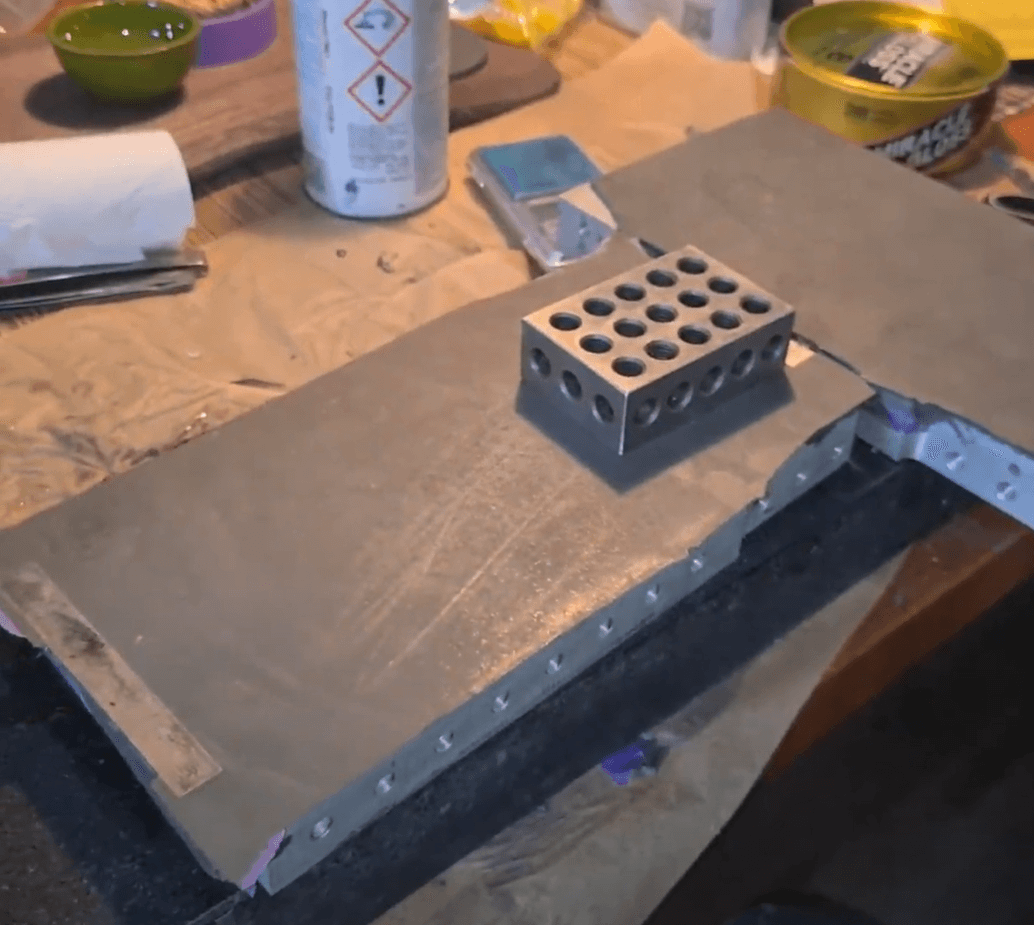
介绍
复制法是制造和计量学中广泛使用的技术,用于获取表面的精确副本。该方法涉及使用金属化环氧树脂等介质将参考材料的表面复制到工件上。本文概述了复制方法,包括其优点、局限性和应用程序。
复制方法:
复制方法包括使用金属化环氧树脂等介质将参考材料(例如花岗岩面板)的表面复制到工件上。首先清洁要复制的表面并涂上一层薄薄的脱模剂,通常是某种蜡。在施加环氧树脂之前,让脱模剂干燥并抛光至光亮的表面。通过将环氧树脂倒入或注入到装置中,然后使其固化,将环氧树脂应用于装置。环氧树脂固化后,将参考材料剥离(或锤打),留下表面的精确复制品。
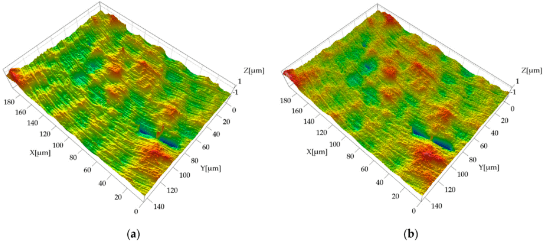
复制方法的优点:
复制方法的主要优点之一是它能够生成表面的精确副本。该方法也相对容易执行,只需要基本的设备和材料。复制方法的另一个优点是它可以用来复制不同形状和大小的表面,使其适用于广泛的应用。
复制方法的局限性:
虽然复制方法通常是准确的,但重要的是要注意它受到某些限制。一个限制是复制方法只能生成与参考材料接触的表面的复制品。如果参考材料有任何缺陷或不规则,这些将被复制到工件上。
复制法的应用:
复制方法广泛用于计量学,以生成用于测量目的的精确表面副本。它还在制造中用于复制表面以进行质量控制和检查。此外,复制方法可用于修复损坏的表面,例如在古董家具或建筑特征上发现的表面。
资源:
学术界:
80 年代或 90 年代美国大学教授写了一本关于表面复制方法的书,以及他们如何使用它来制造巨大的 5 轴磨床......我现在找不到它......
啊,就是这里!
快速机器设计原则 - 麻省理工学院 - Eberhard Bamberg:
在大型数控机床上大规模使用复制方法——Rampf 组:
机床改造中的复制技术和便携式加工 – Molglice:
http://www.moglice.com/articles/replication_techniques/wrotethebook.html
PRECISION 简单的方法,使 CNC 零件对于业余爱好者来说太大了 – @floweringelbow:
DIY实验:
对于大多数 DIY 构建,最困难的部分是为您的托架和导轨创建平坦的安装表面。在我的 强大的构建,我有同样的挑战。
使用金属化环氧树脂创建精密表面副本
总时间: 9小时
准备您的工件
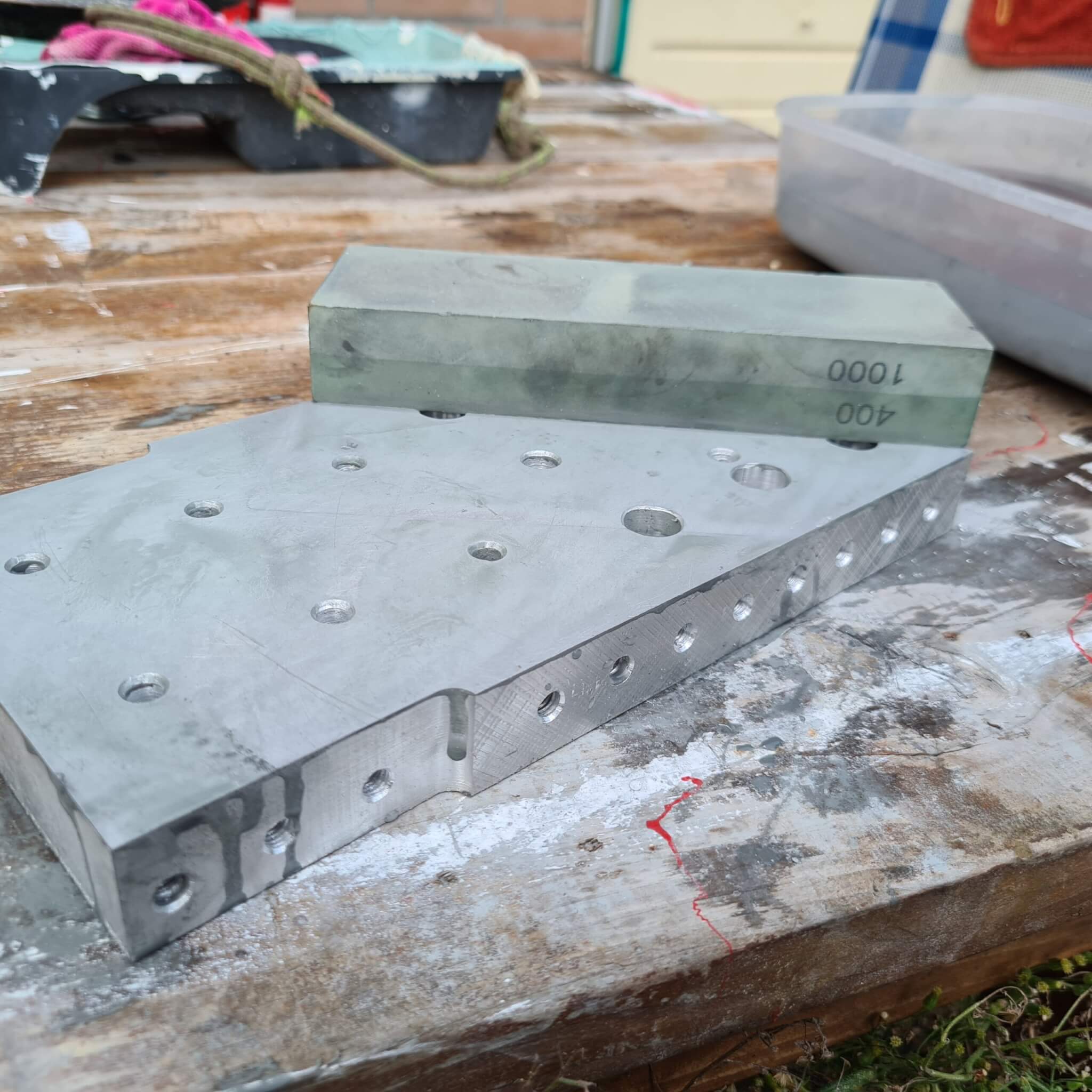
确保它没有油,并且具有适合环氧树脂粘附的适当表面粗糙度。
准备参考面
我用了 奇迹蜡 8 号 作为脱模剂。按照制造商的说明(我做了 3 层),中间进行抛光。我用了一块 40$ <2um 误差的小花岗岩面板。
准备金属化环氧树脂
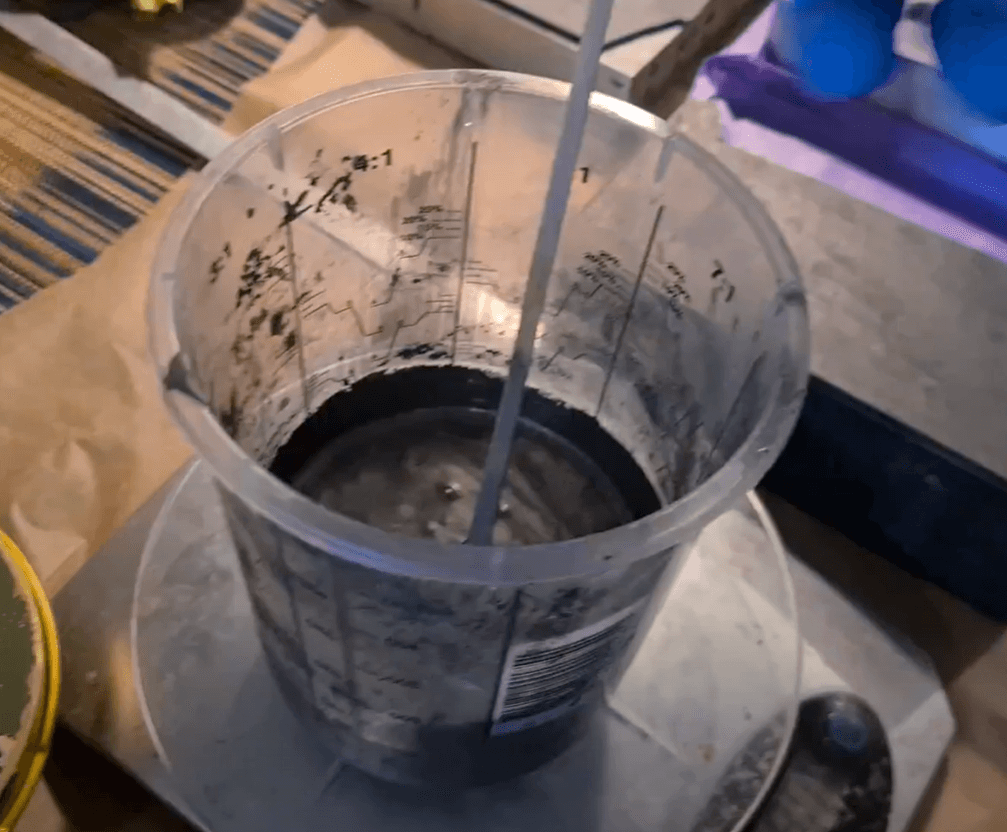
我用了 西环氧105+206固化剂,尽管我认为 209 可能会更好。我做了 50/50 的环氧树脂 + 铁粉 (<63um 粒径)。
用胶带粘住你的部分

注意:我使用了 3-4 毫米厚的平行线来调节环氧树脂层的厚度。
倒入环氧树脂

确保排出所有空气并进行适当的覆盖。这实际上是最困难的部分
让环氧树脂固化
我想我让我的设置了大约 12 个小时
从参考表面上取下并检查

任何溢出的环氧树脂,您都可以用锤子敲掉或用模具研磨机将其磨掉。由于那里残留的脱模剂和参考材料的任何缺陷,初始表面非常粗糙。
优化表面粗糙度和平整度
检查并重复
它会抽真空吗?
估计成本: 5 美元
供应:
- 慢速固化无收缩环氧树脂如 West 105 + 206
- 铁粉 <63um particle size
- 磁带
工具:
- 123块
材料: 工件 参考材料 脱模蜡
结论:
复制方法是一种简单而有效的技术,可用于生成精确的表面副本。虽然它有一定的局限性,但它是计量、制造和修复方面的宝贵工具。它允许业余爱好者或专业人士制作微米到亚微米的参考表面精确副本。从而能够以相对较低的成本和较少的努力为 DIY CNC 机器或计量设备创建平面。

